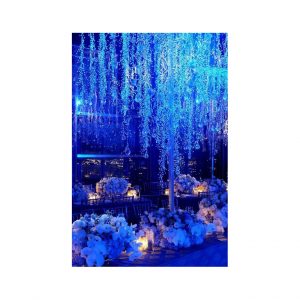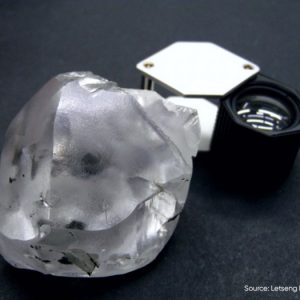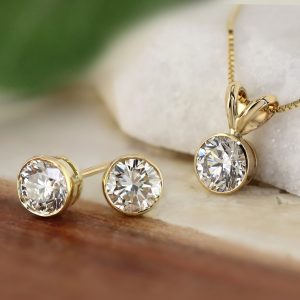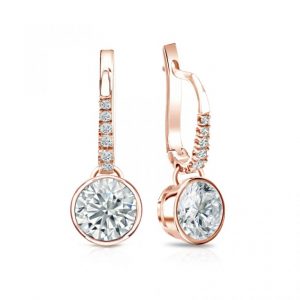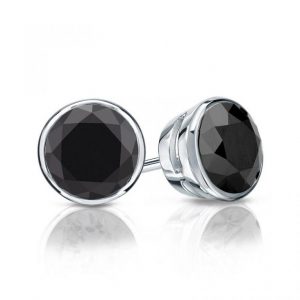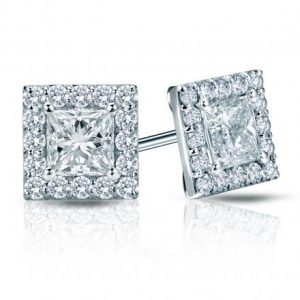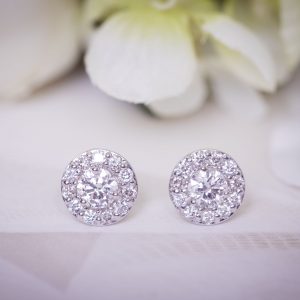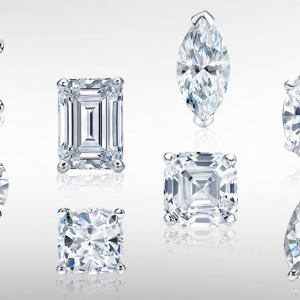When selecting diamond studs, the first thing most people do is choose their diamond shape. This is because the shape of your diamonds has an enormous impact on the style of your studs. While round diamonds are always a classic, popular option for studs, more and more people are looking to fancy shaped diamonds, since they offer more style variety. If you’re considering fancy shaped diamonds for your studs, you have a bevy of options to choose from. But if you’re thinking of selected a squared shape, you’re probably debating between the two most popular squared shapes: princess cut and cushion cut diamonds.
Princess cut diamonds and cushion cut diamonds are similar in shape, yet extremely different when it comes to style and sparkle. So if you’re looking for a squared diamond shape for your studs, how do you know which one is right for you? In this post, we’ll break down everything you need to know about princess cut vs. cushion cut diamond studs. We’ll talk about these shapes’ definitions, their style, how they sparkle, and which setting you should choose for each.
Princess Cut vs. Cushion Cut Diamonds: Definition and Style
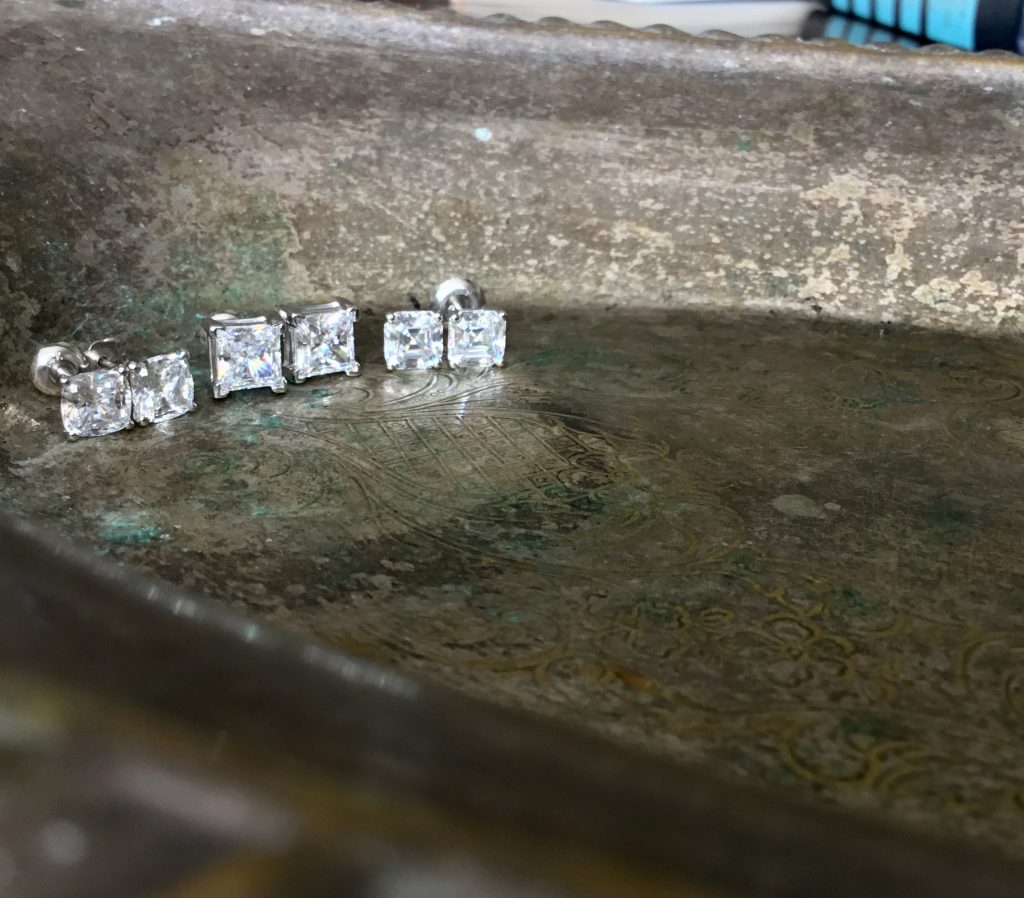
First up, let’s talk about the definition and style of these two squared shapes. At first glance, cushion cut and princess cut diamonds are similar in appearance. Yet upon closer inspection, you’ll see just how different these diamond shapes are.
Princess cut diamonds have a sharply square shape. They look like a square when viewed from above and like a pyramid when viewed from the side. From every angle, a princess cut diamond is crisp and geometric. The shape of the princess cut diamond gives it a decidedly modern look.
Cushion cut diamonds are shaped like a square with rounded edges (much like a cushion, hence their name). The slight roundness of the cushion cut diamond gives it a highly romantic look. When compared to a princess cut diamond, a cushion cut diamond looks much softer. Cushion cut diamonds are also considered a vintage diamond shape, since they are an evolution of the old mine cut, the most popular diamond shape of the Georgian and Victorian eras. The vintage look of the cushion cut diamond sharply contrasts with the contemporary look of the princess cut diamond.
When choosing between princess cut and cushion cut diamonds, whether you’re searching for diamonds for your studs or for your engagement ring, think about which shape’s style you’re most drawn to. Do you love the angular, modern look of the princess cut? Or do you prefer the romantic, vintage look of the cushion cut? Let your heart decide.
A Note on Other Squared Diamond Shapes
Princess cut and cushion cut diamonds are not to be confused with the three other squared diamond cut shapes: radiant cut, emerald cut, and asscher cut diamonds. These three diamond shapes all have a squared shape with cut corners. Radiant cut diamonds and emerald cut diamonds tend to be rectangular, rather than square, so they’re less commonly confused with princess and cushion diamonds. But asscher cut diamonds are usually square in shape, which can lead to some confusion if you’re unfamiliar with the different diamond shapes.
If you’re ever unsure about the differences between these shapes, remember that radiant cut, emerald cut, and asscher cut diamonds always have cut corners. While, on the other hand, princess cut diamonds have sharp corners and cushion cut diamonds have rounded corners. Additionally, emerald cut and asscher cut are both step cut diamond shapes, which means they have large, linear facets. So they sparkle very differently when compared to brilliant cut princess and cushion cut diamonds.
Princess Cut Diamonds vs. Cushion Cut Diamonds: Sparkle
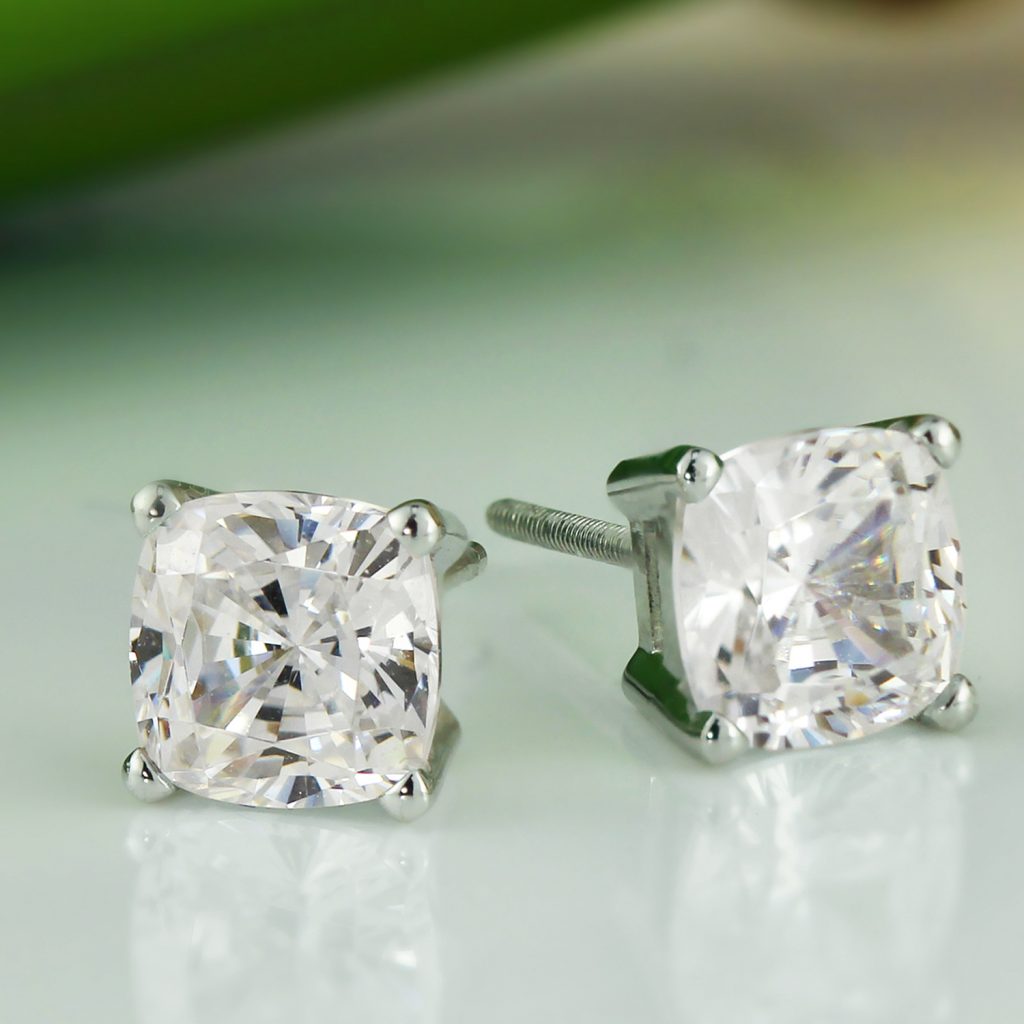
Now, let’s move on to how these diamonds sparkle! Both princess cut diamonds and cushion cut diamonds feature a modified version of the round brilliant cut diamond’s faceting pattern. Since these two shapes both feature a brilliant cut, they’re both beautifully sparkly. Yet, the way the round cut diamond’s brilliant faceting pattern has been modified for each of these shapes makes them sparkle a bit differently.
Note: Princess and cushion diamonds are not the only diamonds that feature a modified version of the round cut diamond’s brilliant faceting pattern. Pear cut, heart shaped, oval cut, radiant cut, and marquise cut diamonds also feature modified brilliant cuts. Each of these fancy shape diamonds has its own unique way of shimmering, due to how the brilliant cut was modified to fit each unique shape.
Princess diamonds tend to be more brilliant than cushion cut diamonds, due to their numerous small facets. Cushion cut diamonds do tend to be a bit less brilliant than princess cut diamonds, since they have larger facets, but they have more fire. Brilliance is the white light emitted from a diamond and fire is the rainbow light emitted from a diamond.
Both princess cut diamonds and cushion cut diamonds reflect light beautifully. When deciding between these two shapes, just consider which look you prefer more: the slightly more brilliant look of the princess or the still brilliant, but more fiery look of the cushion cut.
Princess Cut Diamonds vs. Cushion Cut Diamonds: Settings
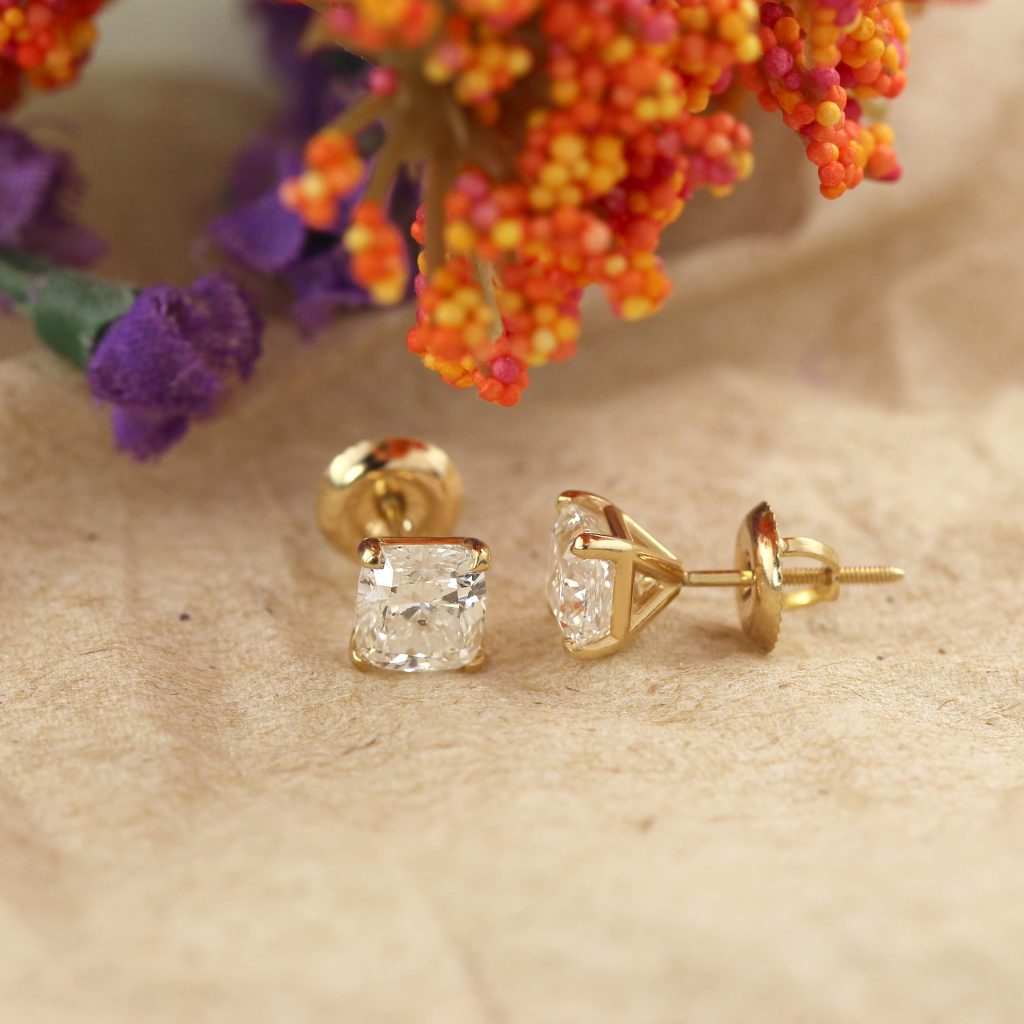
Lastly, let’s talk about which settings work best for each of these diamond shapes. When you select settings for your diamond earrings, you’ll need to pick both your setting style and your precious metal.
Before we get into your setting style options for these shapes, we want to mention a practical consideration for princess cut diamond settings. Generally, jewelers recommend ensuring you select a setting that covers the sharp corners of a princess cut diamond. This is to protect both yourself (diamonds are extremely hard, after all) and your diamonds. The corners of a princess cut diamond are a bit fragile, simply because that part of the diamond is cut quite thin. So you’ll want to make sure you choose a setting that covers the corners of a princess cut diamond, which will protect you from scratches and your diamond from drops.
With all that said, most settings for princess cut diamonds cover their corners, including the most popular ones for both diamond studs and diamond engagement rings. One very popular setting style for princess cut diamond stud earrings is the four prong martini setting, which shows of a princess cut diamond’s sharp modern shape and lets the diamond catch excellent light. Four prong solitaire basket settings are also a popular, classic option for princess cut diamond studs. If you’re looking for high glamour, you could also select a squared halo setting for your princess cut diamond studs. Halo settings add drama and impact to princess cut studs, and give the impression that your center stones are a higher carat weight than they actually are.
Four prong settings are also extremely popular for cushion cut diamond stud earrings, as well as for diamond engagement rings. Since cushion cut diamonds are a slightly less brilliant diamond shape, we generally recommend going with a pronged setting for cushion cut diamonds. Prong settings let more light in when compared to bezel settings, which helps ensure your diamonds sparkle beautifully.
In addition to selecting your setting style for your cushion cut or princess cut studs, you’ll need to select a precious metal. Your choice of precious metal is a personal preference since all precious metals look beautiful with diamonds. However, we will say that white precious metals (like white gold and platinum) tend to be popular for princess cut diamonds since their cool tones complement a princess cut diamond’s modern look. Then, yellow gold and rose gold are quite popular for cushion cut diamonds since they look a bit more traditional or vintage, like the cushion cut diamond.
Additionally, some people prefer to pair their diamond with a precious metal that looks harmonious with their diamond color. If you select colorless diamonds, you may want to choose a white precious metal, like platinum or white gold, to ensure your diamond gemstones look as white as possible. The GIA generally recommends going with a white setting for diamond rings or other diamond jewelry if your diamonds have an F color grade or higher. Or if your diamonds have some slight warmth (as G color diamonds, G color diamonds, or lower do), you may want to select a warm precious metal, such as yellow gold or rose gold, to give your diamond earrings a more harmonious look.







 1-855-969-7883
1-855-969-7883 info@diamondstuds.com
info@diamondstuds.com



